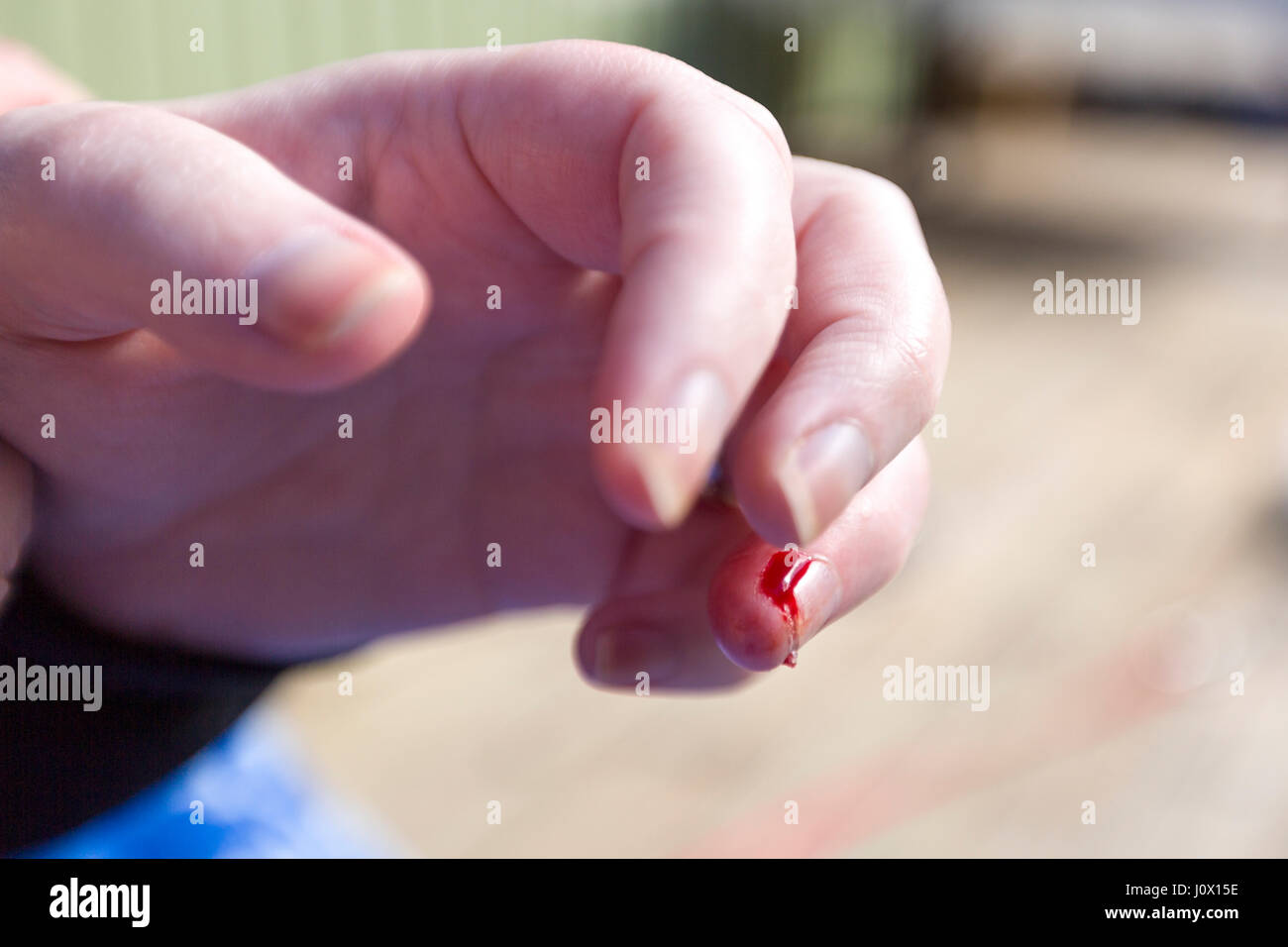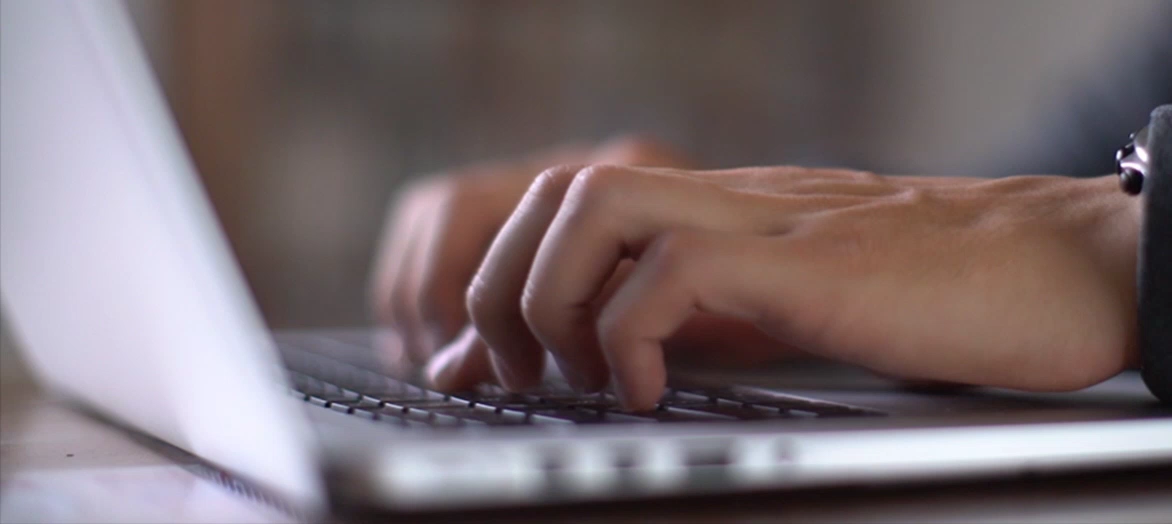
Whether in the gym or at the crag, the worst thing you can do with tape is leave it on the ground and litter. A more serious injury could have you out of the game for months or longer. Overload without rest = injury and degeneration. If your finger is injured, take a few weeks off and then ease back into it. Overload followed by rest = strength and regeneration. It’s worth saying again: everybody has their own opinion on tape’s effectiveness and we at FrictionLabs haven’t run any tests of our own to validate a particular theory.but if your finger hurts, it’s probably time for some rest. Others swear by more intricate techniques like the H-method and the X-method.
Typing fingers bleeding crack#
In crack climbing, you often jam and twist your hands inside the rock cracks to get grip, so protecting the back of your hand and knuckles is important.
Typing fingers bleeding skin#
The most extreme example of using tape to protect skin is in crack climbing, where you use tape to make a glove, almost like a boxer, to get protection from the rock. It won’t last long or offer a ton of protection, but might help you eek out a few final attempts if your psych won’t let you quit. Anchor the other end of the tape to the joint below the wound to prevent it from falling off immediately. Then, wrap the wound and overlap the tape a few times. Be mindful though: If you’re bleeding, make sure to stop the blood flow first - don’t be the person who gets blood on the holds, that’s gross. The best way to tape is usually to rip off a thin piece and apply it to the back of the injured finger.


If you get a skin tear but you aren’t ready to stop climbing, you can usually get a few more last-ditch attempts by using tape. Sometimes desperate times call for desperate measures. Your skin will hurt more in the beginning, but it’s worth it for the long haul! If a specific hold is particularly sharp/uncomfortable, you might decide to tape while you work out the rest of the problem, then remove the tape for a genuine send attempt. It’ll help you get more focus, precision, and longevity in your climbing. Instead of relying on tape to reduce the pain, challenge yourself to control your hand movement and placement as much as you can when going from one hold to the next. This sport is hard on your hands, but your skin will naturally toughen up over time. If you avoid the pain by taping, you get in the way of that process.

The other weakness of using tape to protect your skin is that you don’t give your skin a chance to acclimate to the demands of climbing. The side touching your skin will also start to slip and slide as you sweat, making your grip a lot less reliable. Though it gives you some extra padding, tape doesn’t grip holds as well as your skin. One downside is that tape reduces your feel for the holds and also reduces friction. An extra layer or two of tape can save you from an injury that might take a few days to heal. The basic idea is to create a layer of protection to prevent your skin from ripping. This is commonly done at the end of a long, hard session when your fingers are raw, painful, worn down, and most likely to tear.

This is particularly relevant if you climb outside, but many people use tape to protect their skin in the gym as well.


 0 kommentar(er)
0 kommentar(er)
